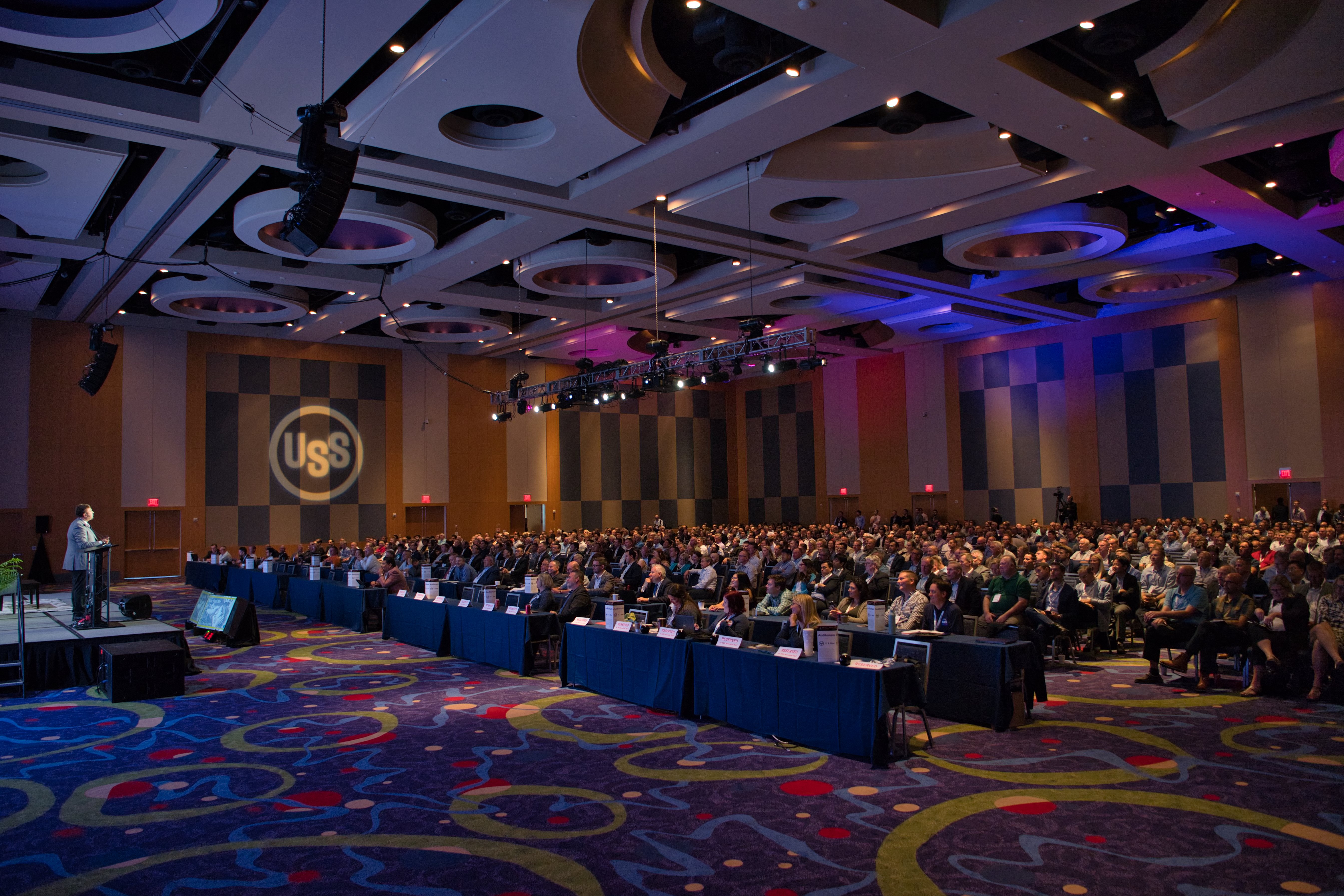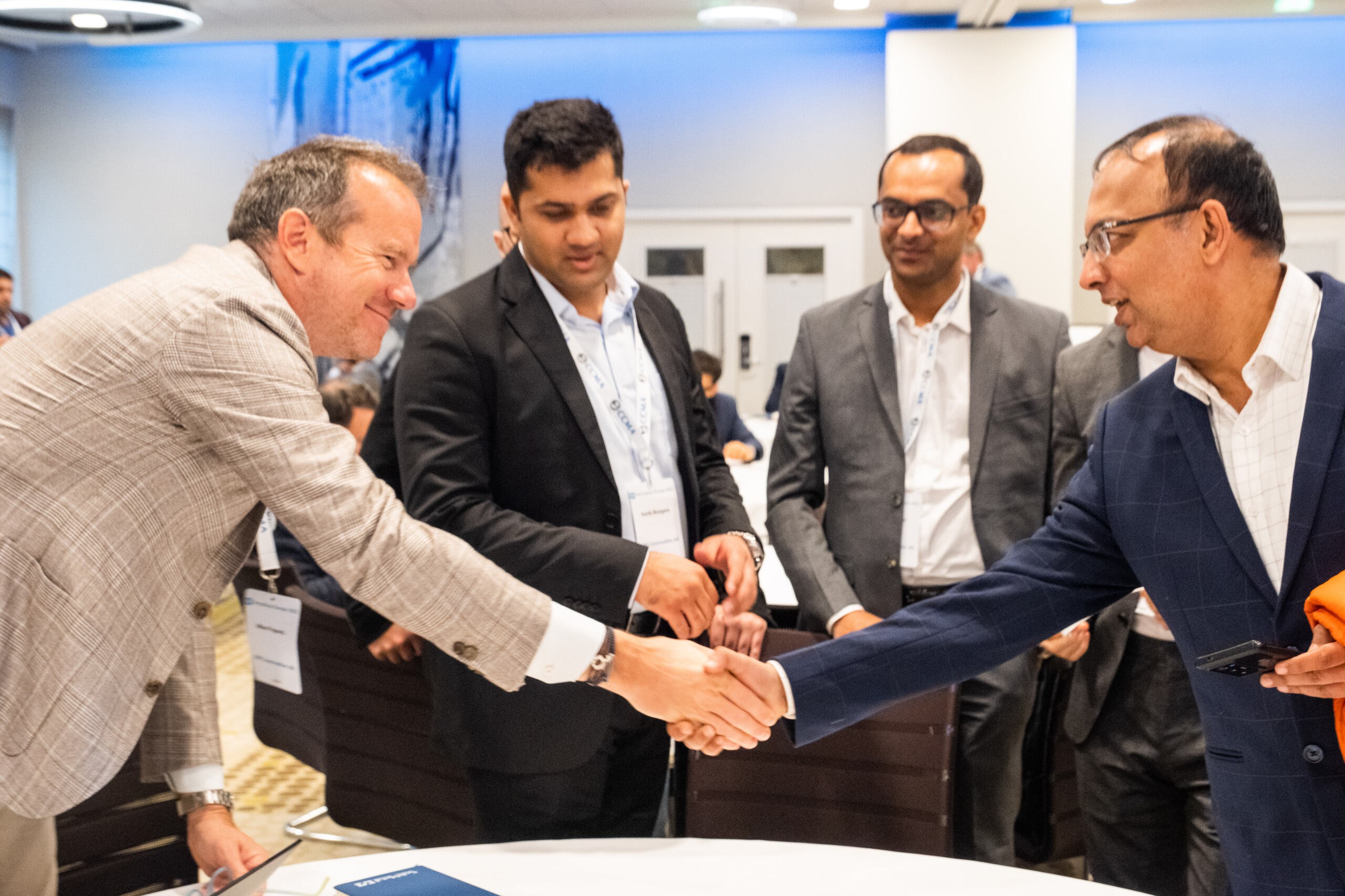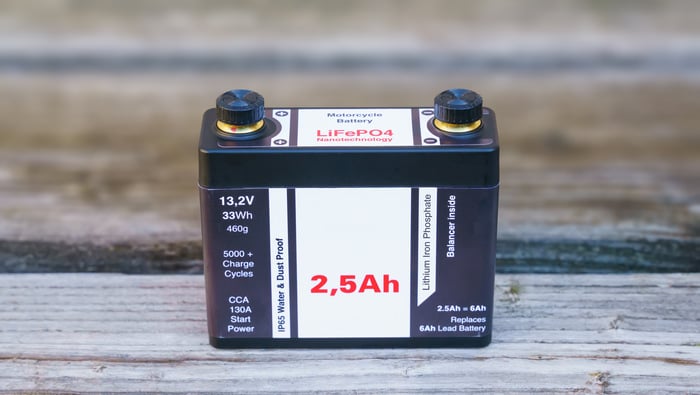Our client, a leading international raw materials producer, wanted to understand the potential implications of the energy transition for future market conditions.
Introduction
As one of the largest contributors to global CO2 emissions, the steel sector is under intense pressure to decarbonise. However, emissions abatement measures could have significant, yet complex and uncertain, implications on the scale and quality of raw materials consumed the industry. Our goal on behalf of the client was to identify potential decarbonisation pathways and quantify their impacts on global and regional iron ore and metallurgical coal demand.
Data: CRU
Our recommendation
We identified significant value at risk from the achievement of a 2-degree climate goal. However, the nature of these commercial challenges was substantially dependent on future technological and policy conditions, which resulted in widely different transition pathways. Overall, CRU Consulting found that risks were likely to be concentrated in low grade, high cost metallurgical coal and iron assets.
Our approach
CRU Consulting developed 2 distinct scenarios under which the 2-degree climate goal was achieved, reflecting different possible transition pathways. Each scenario was rigorously evaluated using an integrated top down – bottom up assessment methodology which simulated the differential roles of technological, behavioural, and policy-based mitigation strategies and applied these at a regional level in order to account for the varying availability of and appetite for abatement options (e.g. hydrogen, CCS, efficiency improvements) in different economies.
Data: CRU
Our results
By identifying the key decarbonisation levers and quantifying their potential impacts we were able to model the scenario effects across the steel value chain and provide forecasts of raw materials demand and steelmaking emissions intensity in each region.
In addition, we developed long-term price forecasts for raw materials prices under each scenario.
Data: CRU









